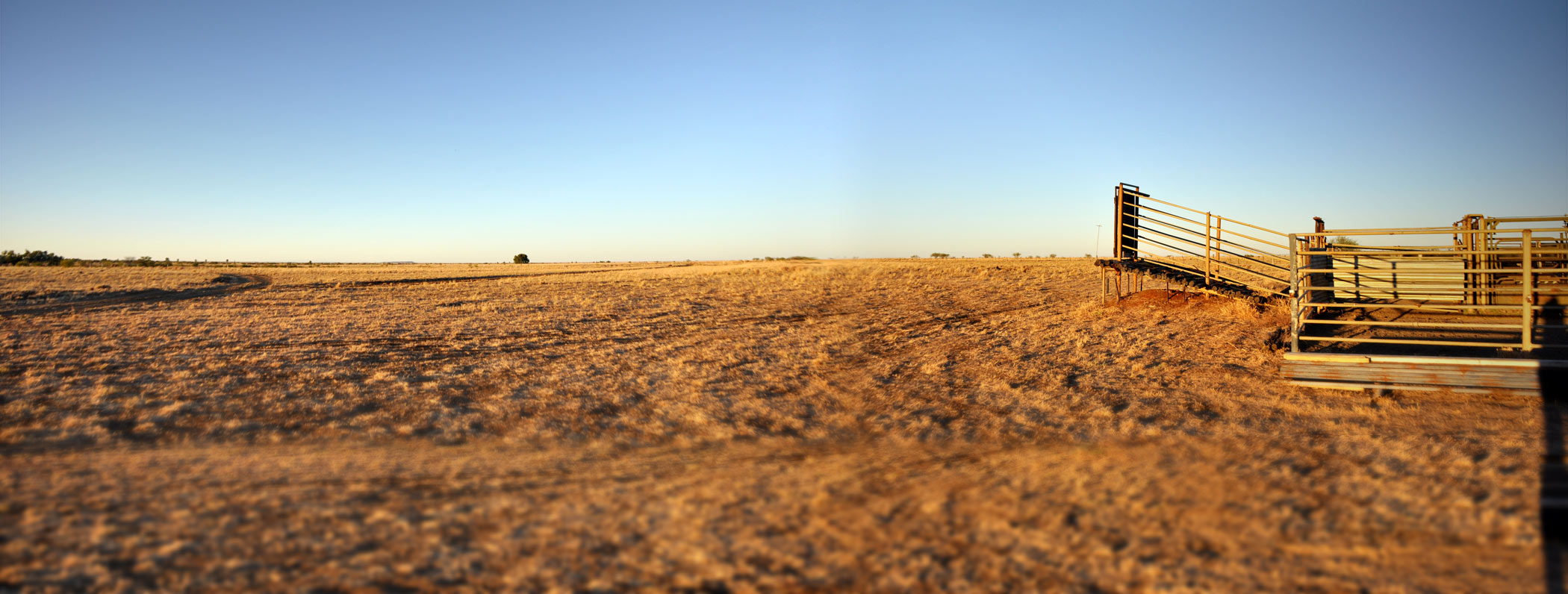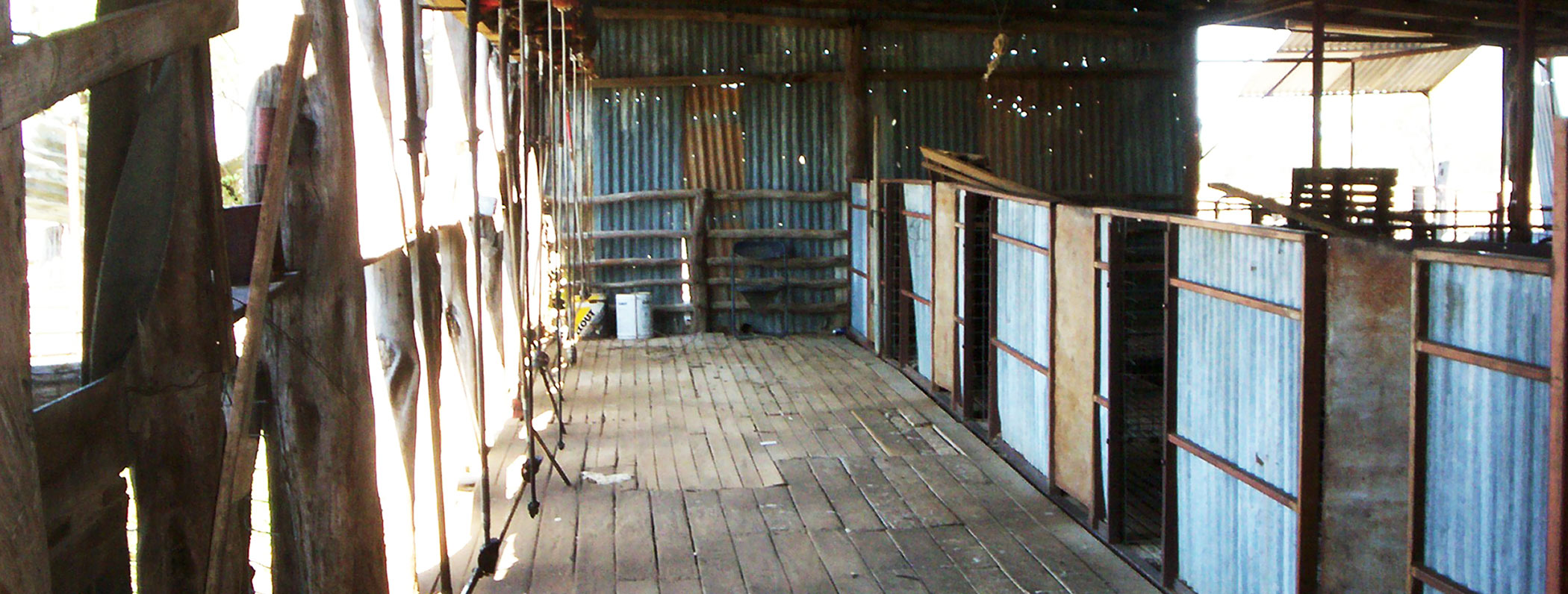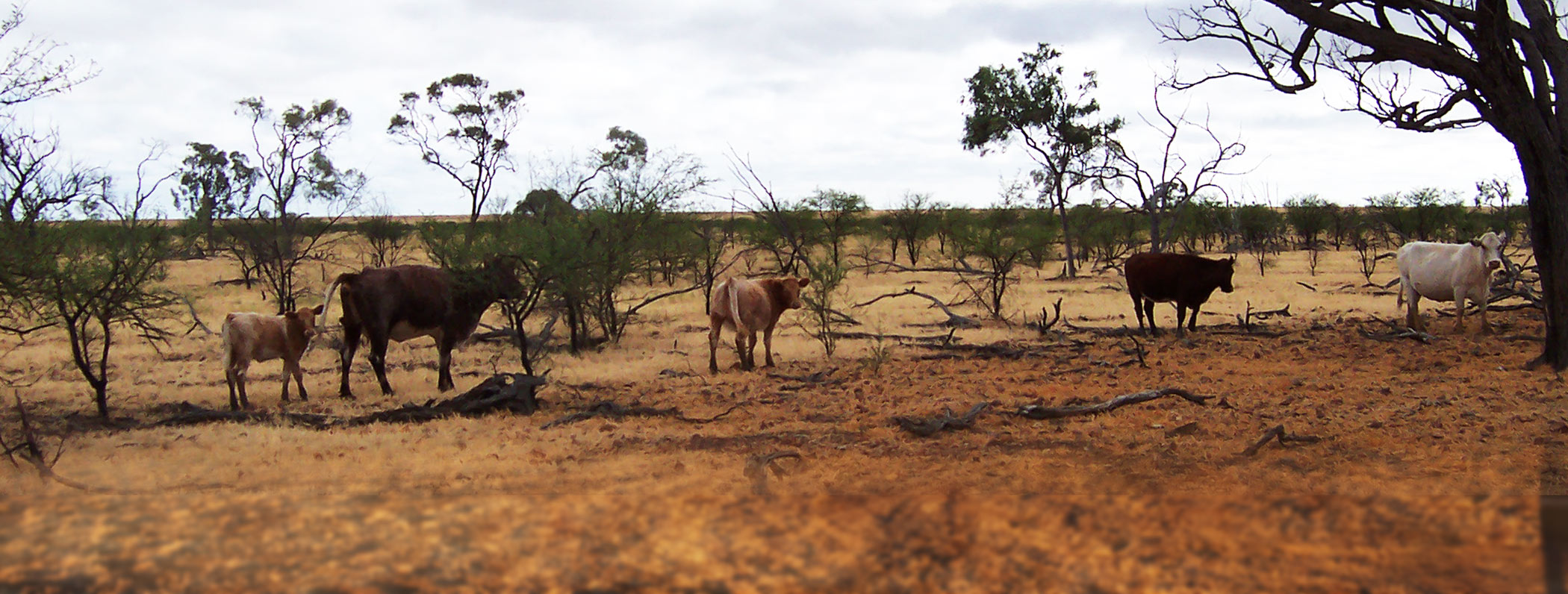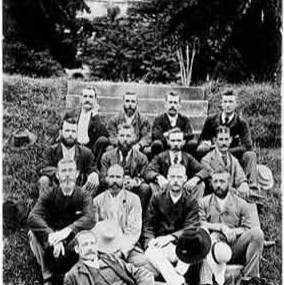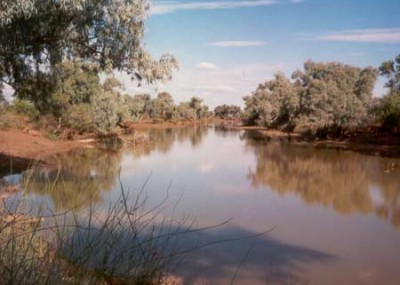Government Land Resumption
Occupation of the central Queensland Pastoral districts began in the 1840s when overlanders from the south drove flocks of sheep onto the plains of the Maranoa in the Mitchell district and pushed their way west and northwest. By 1865 there was hardly any useful land left to occupy in the south so settlers moved north and west.
When the Queensland Government took over the control of lands in 1859, pastoral expansion was rapid. A Land Act in 1860 allowed squatters to lease areas of land from 25 to 100 square miles (about 60 to 250 square kilometres) for the cost of 10/- [shillings ($1.00)] per square mile. The annual rental ranged from 10/- [shillings ($1.00)] to 55/- shillings ($5.50) per square mile. They were not restricted to 100 square miles but could take out as many leases as they could afford. The Bowen Downs run in the Aramac Shire once covered an area of more than 25 000 square kilometres. In order of settlement this included the sites of the present day towns of Aramac, Muttaburra and Longreach, and large areas to the east. By 1891, amendments to the Land Acts had reduced its size to 6 000 square kilometres.
By 1891, most of the runs had been rationalised by the 1884 Land Act. The larger runs lost up to a third of their land, and rent on the remaining land was increased. The resumed parts of these runs were intended for the development of towns and small grazing farms but could be used by the squatters until required.
Union Mobilisation
It was common practice for the owners and managers of the sheep runs to advertise in local and major newspapers prior to shearing. These notices would bring the shearers, shed hands, cooks, and other necessary workers into the district in preparation for signing on for the shed. Prior to the strike, wool prices were falling and the pastoral companies intended to reduce the shearers’ wages, then at £1 per hundred head of shorn sheep.
The strike originated on the 5th January 1891 at the Logan Downs Station near Clermont, when Manager Charles Fairbain required shearers to sign the Pastoralists Association contract of free labour, prior to commencing work. This was the first step in reducing union influence in the sheds, but the assembled shearers declined to work other than under their union’s verbal agreement. The Union called a strike with mounted unionists in Barcaldine mobilised in small groups to enforce the call out. When out of town they reformed in larger parties and rode away to their various destinations.
Men were already walking off stations and forming camps. Among the earliest camps to form were Aramac and Muttaburra. The early camp at Muttaburra was established with 80 men, increasing to in excess of 150 men; a large number of whom were mounted. The mounted men acted as couriers and were also used to persuade “blacklegs”, a term used for the strikebreakers, and other station employees to join the Union cause.
Tragedy at Union Hole
Tragedy struck the camp at Muttaburra during March of 1891. Heavy rain fell and the camp flooded resulting in one man drowning in early April and the remainder requiring evacuation by boat to another camp site.
Tensions, during the seven months of the strike, were high. Woolsheds and crops were burnt, and shots came close to being fired as mounted troopers were ordered to arrest the striking shearers. At Barcaldine, one hundred and twenty mounted infantry with drawn bayonets surrounded the union office, arresting the strike committee and charging them with conspiracy and sedition. The strike collapsed, with thirteen of the union leaders standing trial at Rockhampton. They were each sentenced to three year’s jail on St Helena island prison and were fined £200.
When is a sheep a cow?
During the strike, six unionists were arrested on April 14 for sheep stealing at Darr River Downs. The men were taken to Muttaburra Police Court and charged with cattle stealing though Magistrate Francis was not convinced that sheep and cattle were the same animal. Five of the men were given the choice of a £50 fine each plus costs or 6 months in default. They took the 6 months!
A spot of cricket!
Charles Thomas Wyatt of the Townsville Mounted Infantry recorded this following unusual incident for posterity after serving in and around Hughenden from the 26th March to 14th May 1891 in very wet conditions. The day after he arrived in Muttaburra he witnessed a party of 150 mounted unionists parade through town heading north. The troops had not been ordered to follow so they played a game of cricket. Wyatt picked up 5 wickets! The next day a party of 60 unionists and horsemen from Barcaldine, passed through Muttaburra and set out in the direction of Hughenden. Wyatt’s party of mounted infantry and special constables were ordered to follow them this time.
While the strike did not achieve its goals, the long term benefit was that it provided the impetus for political representation for workers – the establishment of the Australian Labor Party.
Adapted from text by Neville Bullen
